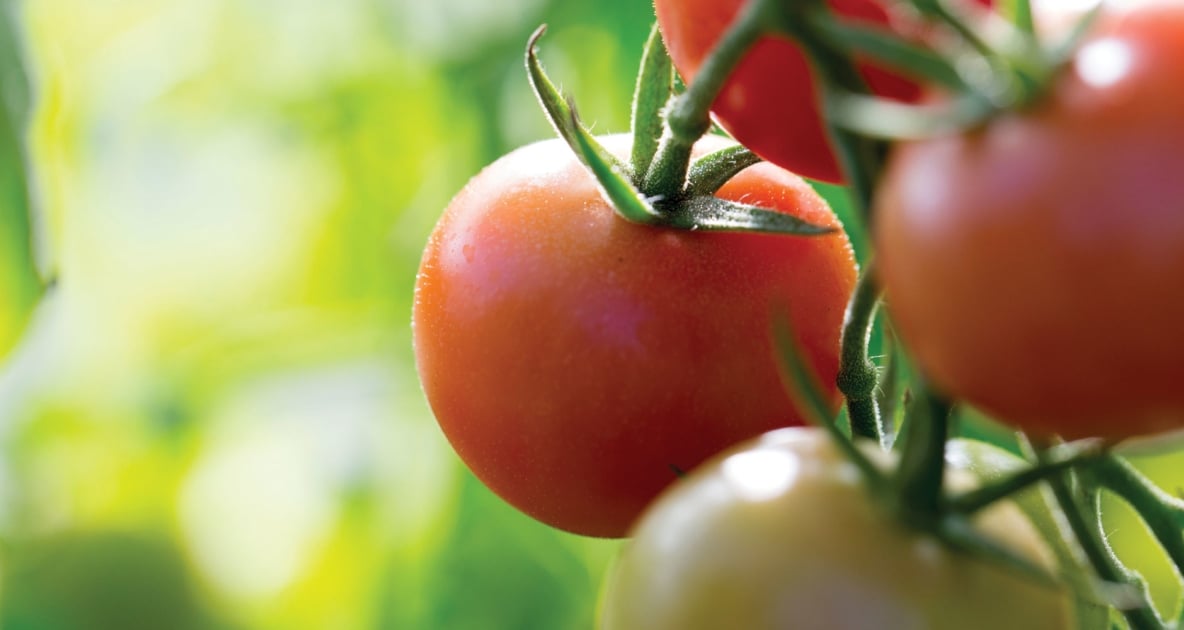Top 5 Easiest Vegetables To Grow
Which vegetables should you plant? Here are our top picks for easy growing veggies.

Tired of paying premium prices for vegetables? Want to get the freshest vegetables available? It’s time to grow your own. Whether you have a small plot or plan on a patio/container garden, here are our picks for the easiest veggies to grow.
Lettuce
Grows quickly, can be planted early in the season, and often produces a harvest soon after planted. Extreme heat can slow, or even kill the plant as the season progresses. Lettuce prefers full sun.
Cherry Tomatoes
Great for containers or gardens,these plants grow well from seedlings and produce many delicious tomatoes throughout the season. Plant in full sun and use stakes to keep stalks from falling over.
Radishes
Sow spring varieties directly in the garden 4—6 weeks before the last expected frost. Best when planted from seeds. Begin pulling spring radishes as soon as they’re large enough to use. Don’t let them get too big or they won’t taste good. They grow quickly and easily in a sunny spot.
Green Beans
Easy and fast-growing green beans are a tasty addition to any garden. They grow well from seeds. Read the directions on the packet and plant accordingly. They need at least six hours of sunlight and prefer to germinate in warm soil. Harvest when 4—6 inches long.
Cucumbers
Best to plant from seedlings and after temperatures have warmed sufficiently. They need a good amount of space (if planting on a patio, plant against a wall and stake or trellis the plants). Cucumbers also need a lot of sunshine and warmth. Harvest when they are a good size (size you’d find in the supermarket). Before harvesting make sure you know if you are growing pickling cucumbers (much smaller) or the regular-sized variety.
Be sure to check out our Planting Guides!
This article was published by the Staff at FarmersAlmanac.com. Any questions? Contact us at [email protected].













Already growing a variety of beans, peas, cherry tomatoes, onions, and lettuce in front of my living room window on wire shelves. Also have a couple brussel sprouts plants growing since last year indoors. I’ve got basil and mint plants that I’ve been growing continuously since 2019 in planters.
This sounds like a great start! Keep us posted on how your growing season goes!
What are the Easy vegs to Grow in Wasilla Alaska Thanks
Sounds like you are in zone 4. So these veggies would be good to start inside to maximize your growing season: Peppers, Tomatoes, Squash, Cantaloupe, Corn, Cucumber, Eggplant, Okra, Watermelon. These colder weather veggies can start outside a little earlier: Asparagus, Potatoes, Carrots, Spinach, Leeks, Collards, Parsnips, Lettuce, Cabbage, Beets, Turnips, Kale, Swiss chard, Broccoli. Starting seeds inside or utilizing a cold frame may help the success of these veggies. Best of luck and Happy Growing!
I love what I see so far very helpful